-

What is it you fear?, 2015, Archival Inkjet Print
-
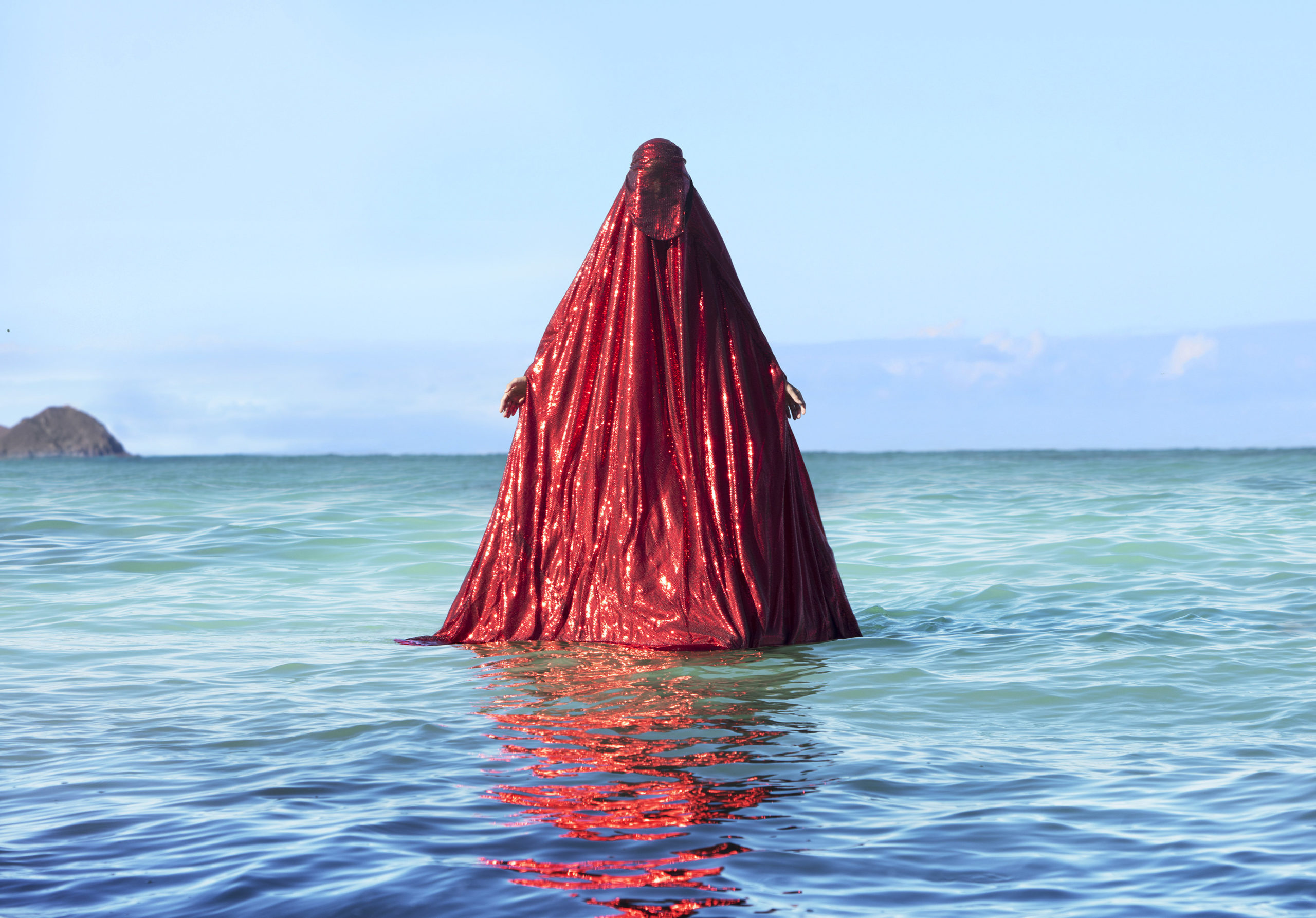
Waterbirth, 2020, Archival Inkjet Print
-
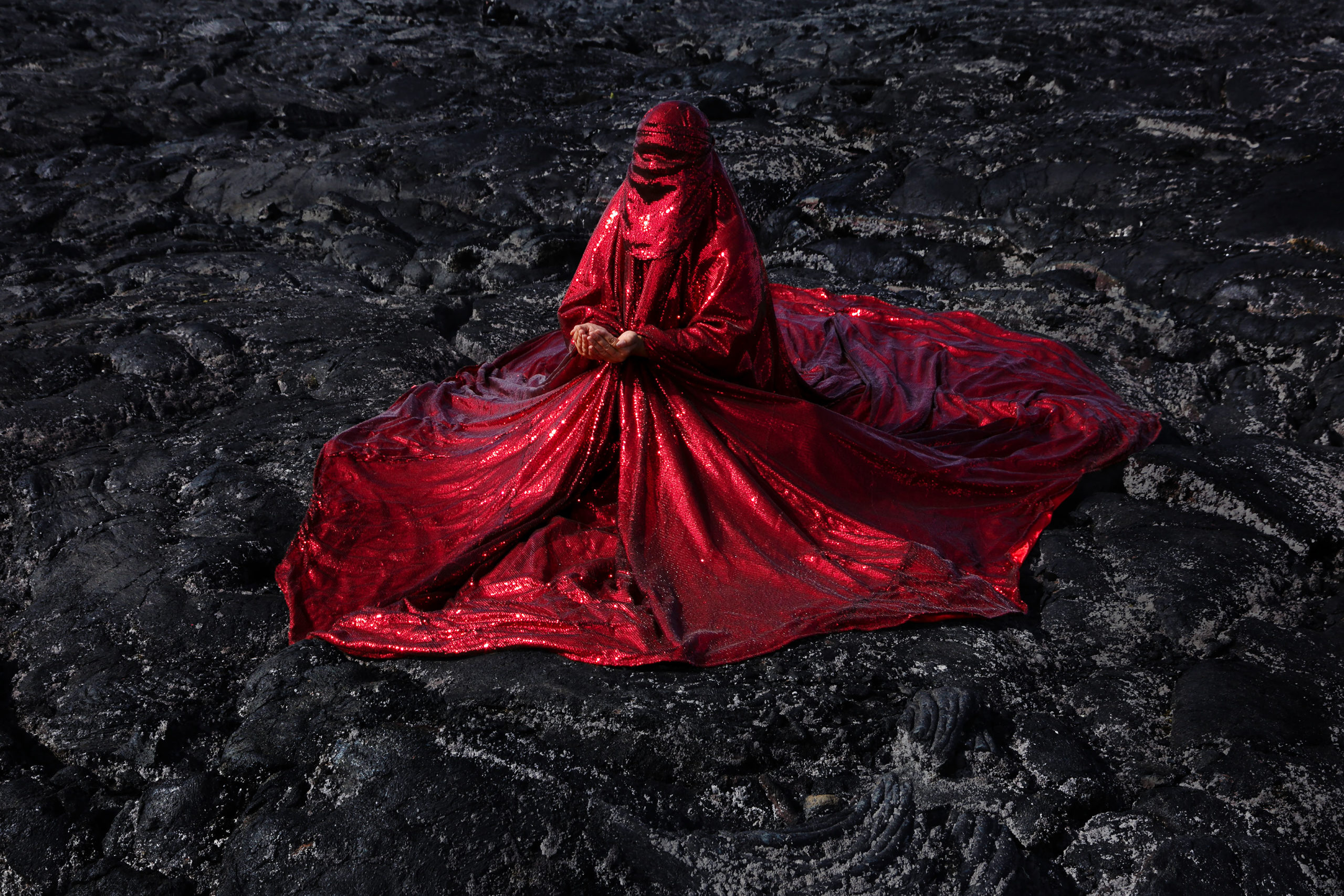
Lava Rising, 2020, Archival Inkjet Print
-

Rainbow Beach, 2020, Archival Inkjet Print
-
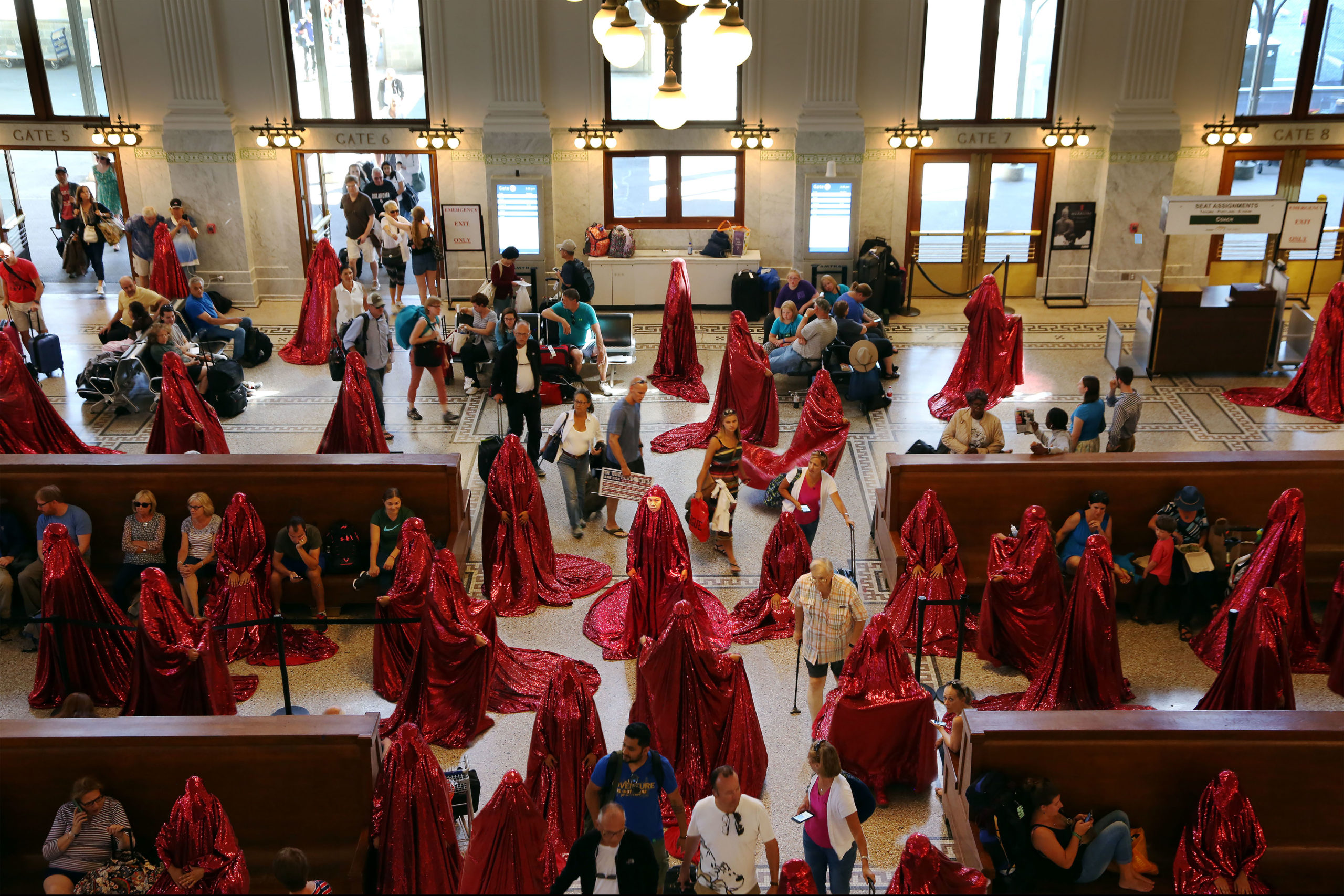
(Untitled 99), 2017, Archival Inkjet Print
-
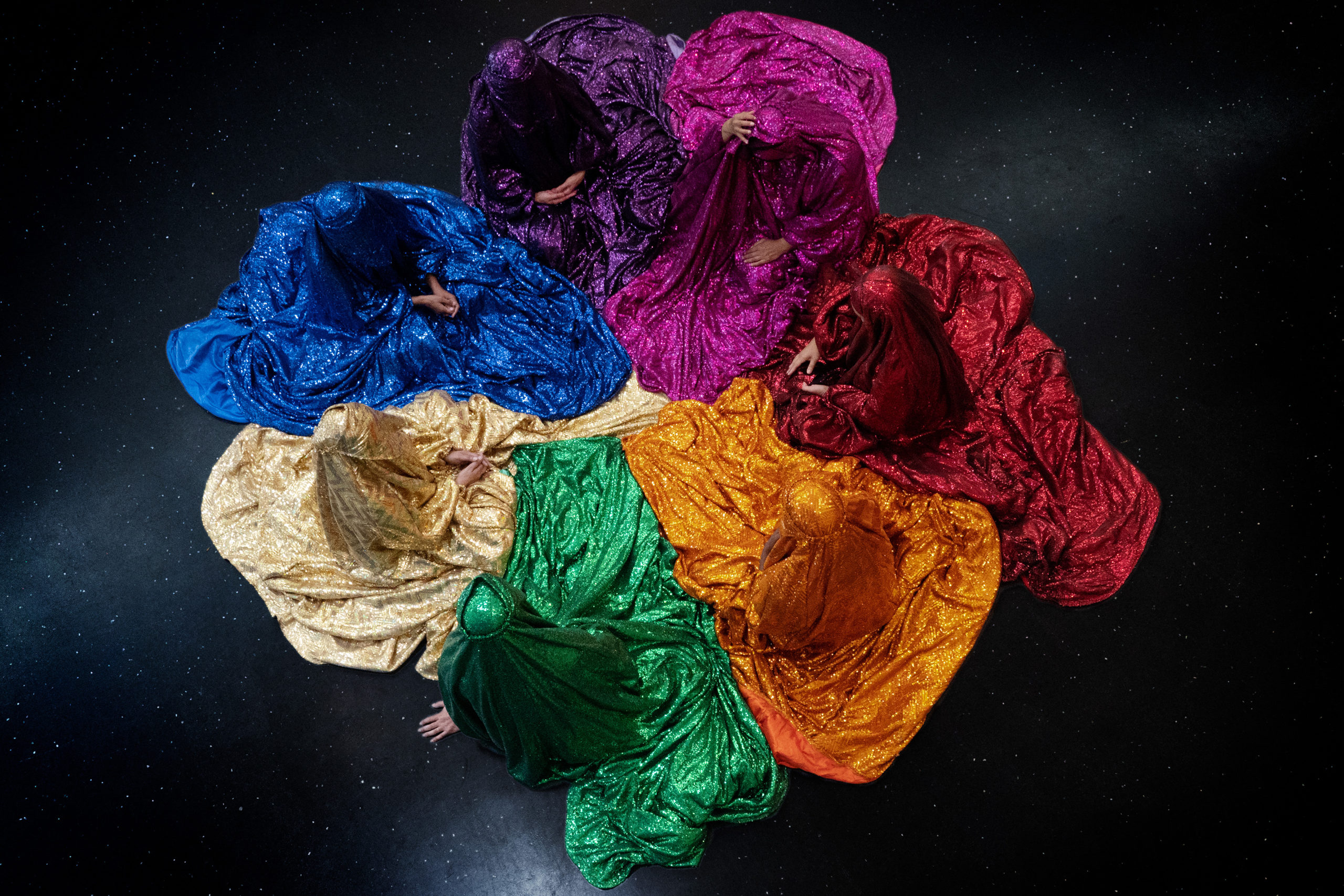
Interstellar, 2021, Archival Inkjet Print
-
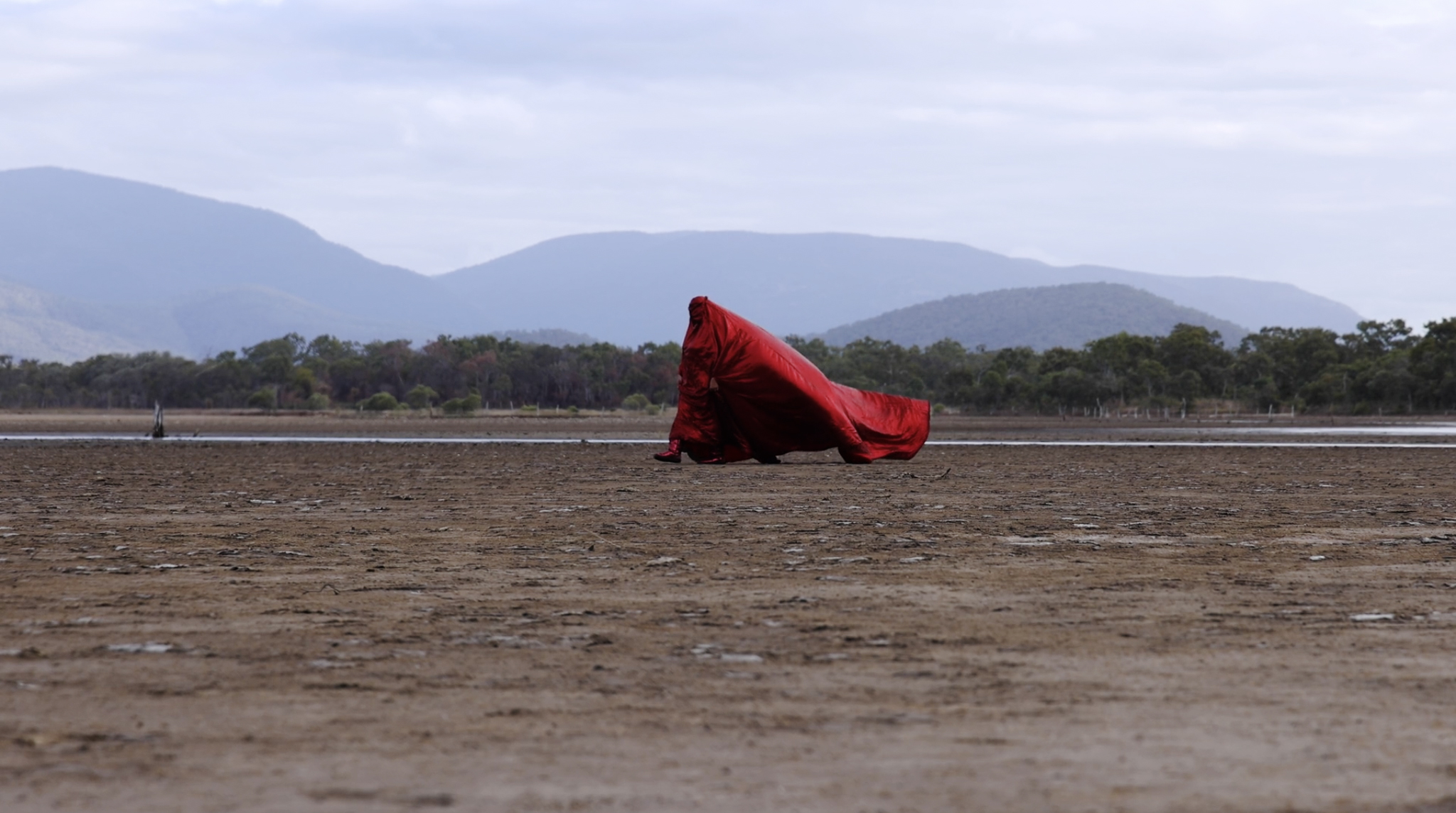
Still from “The Red Chador: Stranded” 2023, 12:46 min, HD Color (in collaboration with filmmaker Masahiro Sugano)
-
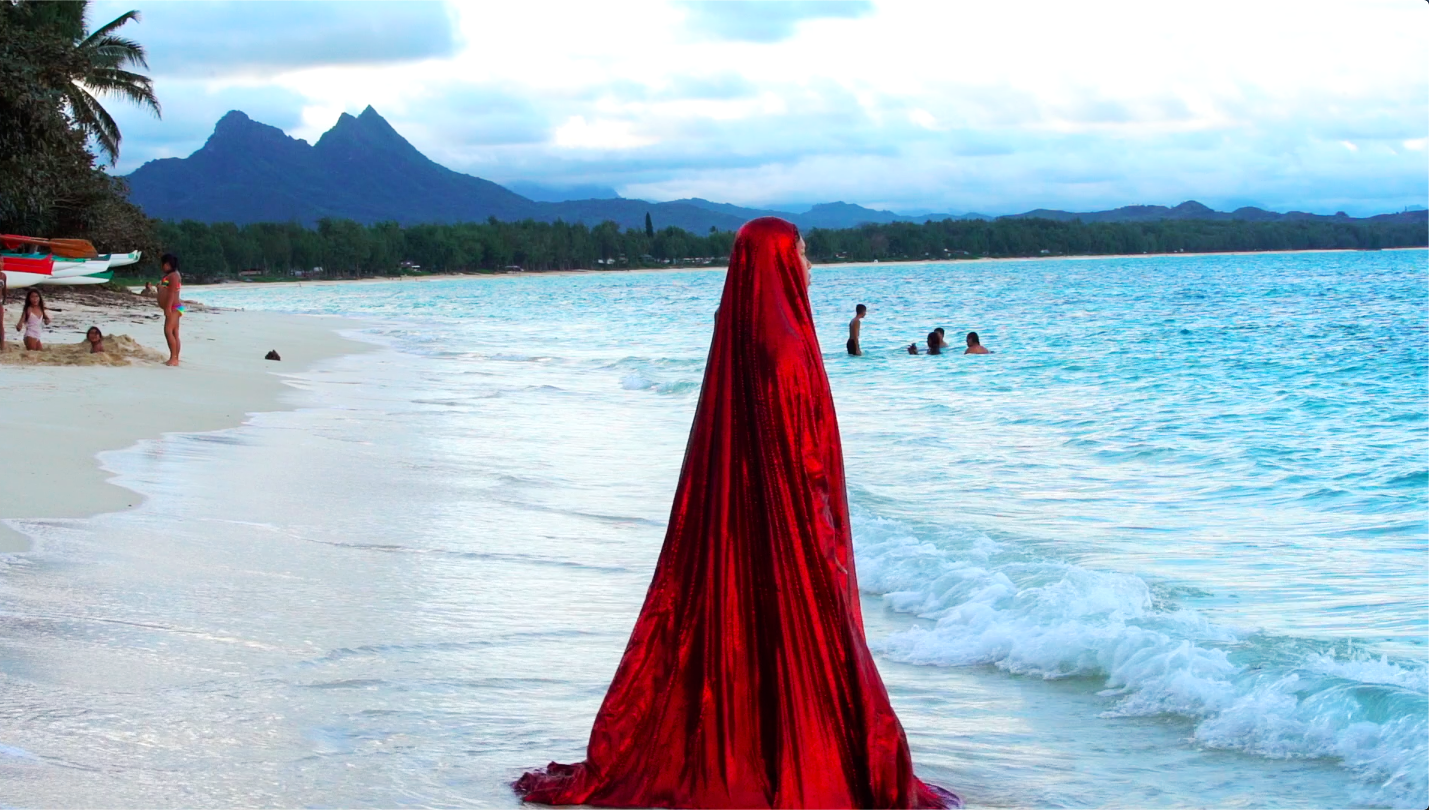
Still from “The Red Chador: Genesis I” 2020, 9:19 min, HD Color (in collaboration with filmmaker Masahiro Sugano)
-
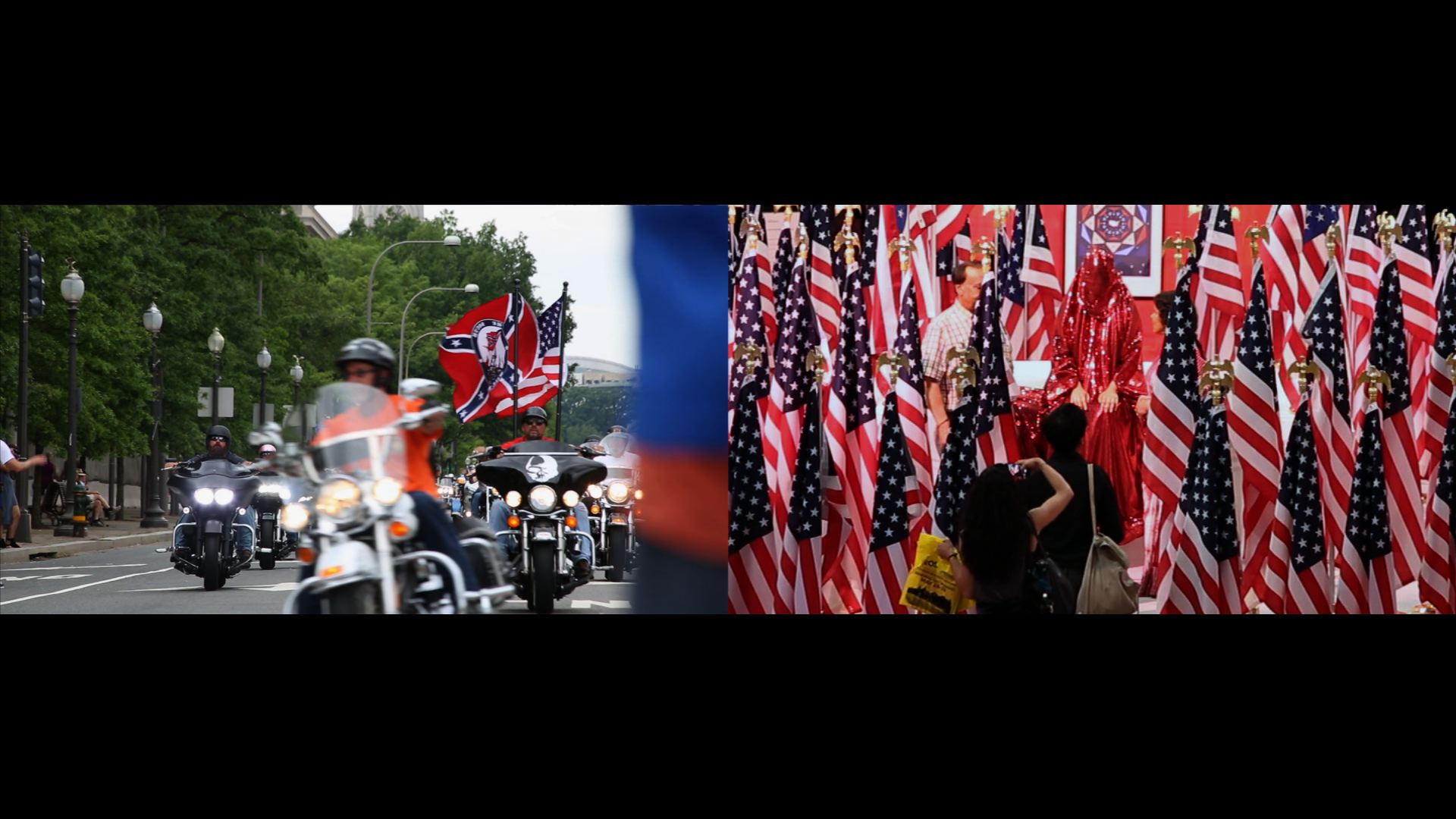
Still from “The Red Chador: Threshold” 2016, 5:22 min, HD Color (in collaboration with filmmaker Masahiro Sugano)
-
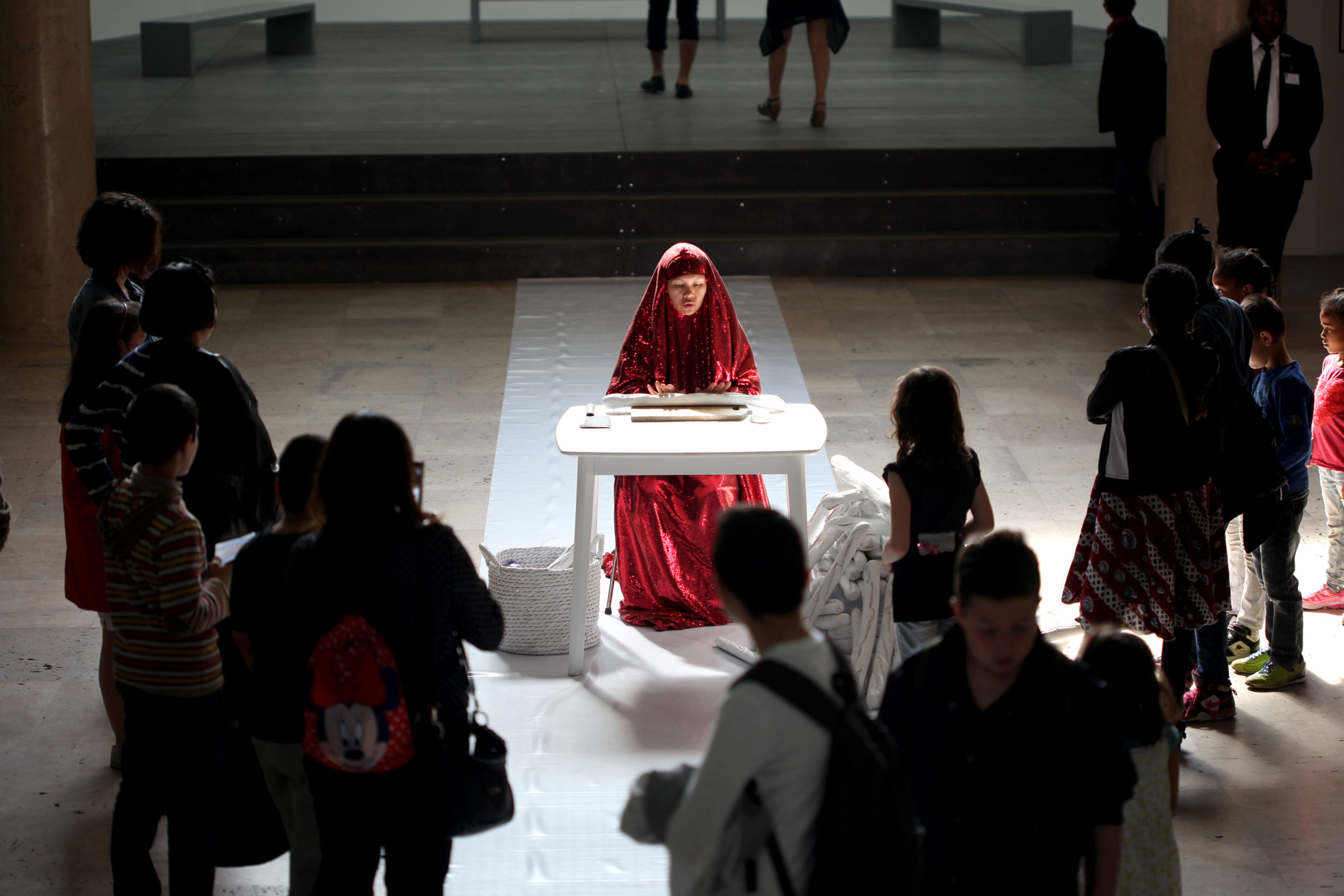
The Red Chador: Beheadings (performance still)
April 20, 2015 (12pm–12am), Palais de Tokyo, Paris, France -
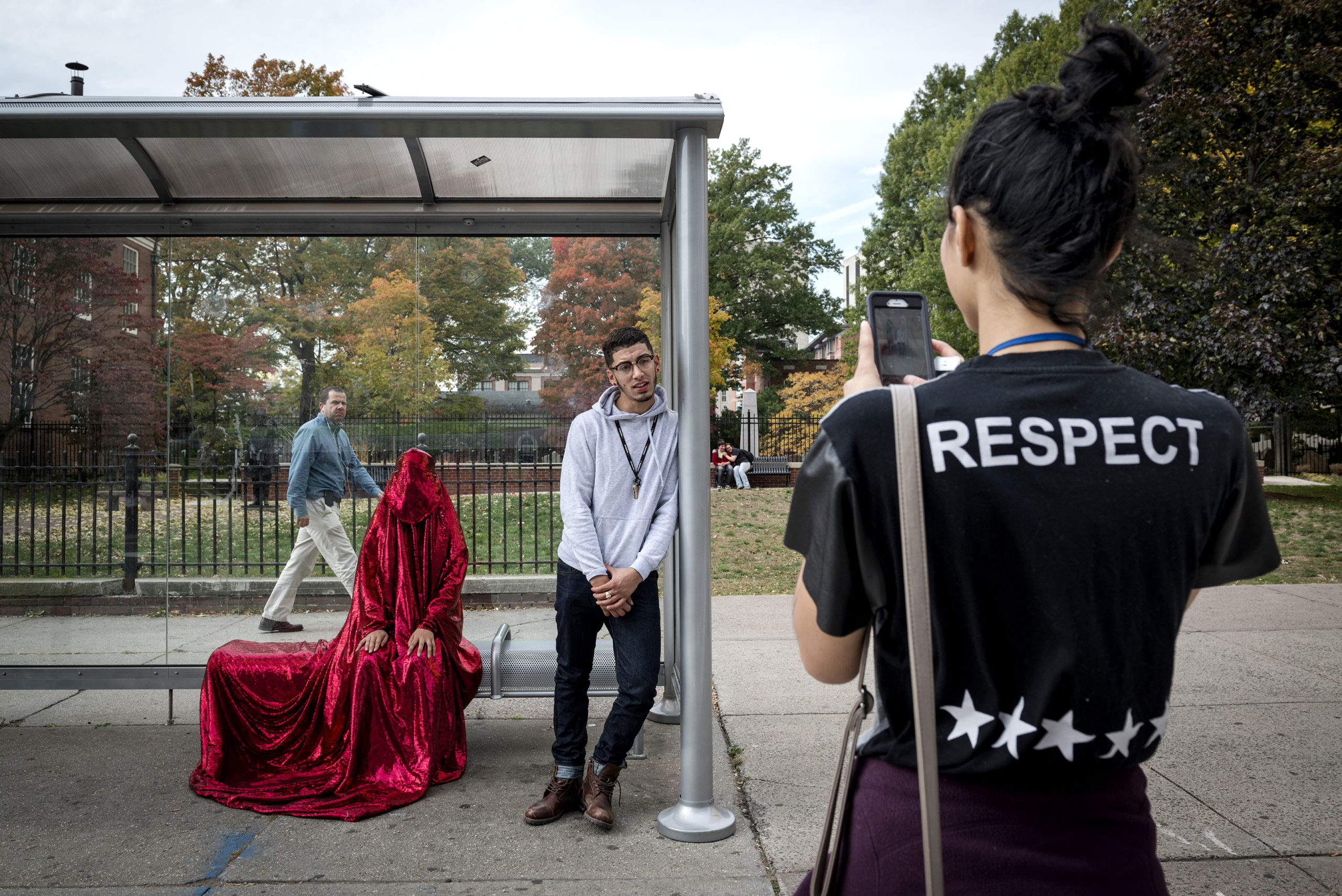
Sanctuary, The Red Chador (performance still)
November 22, 2015, Hartford, USA -
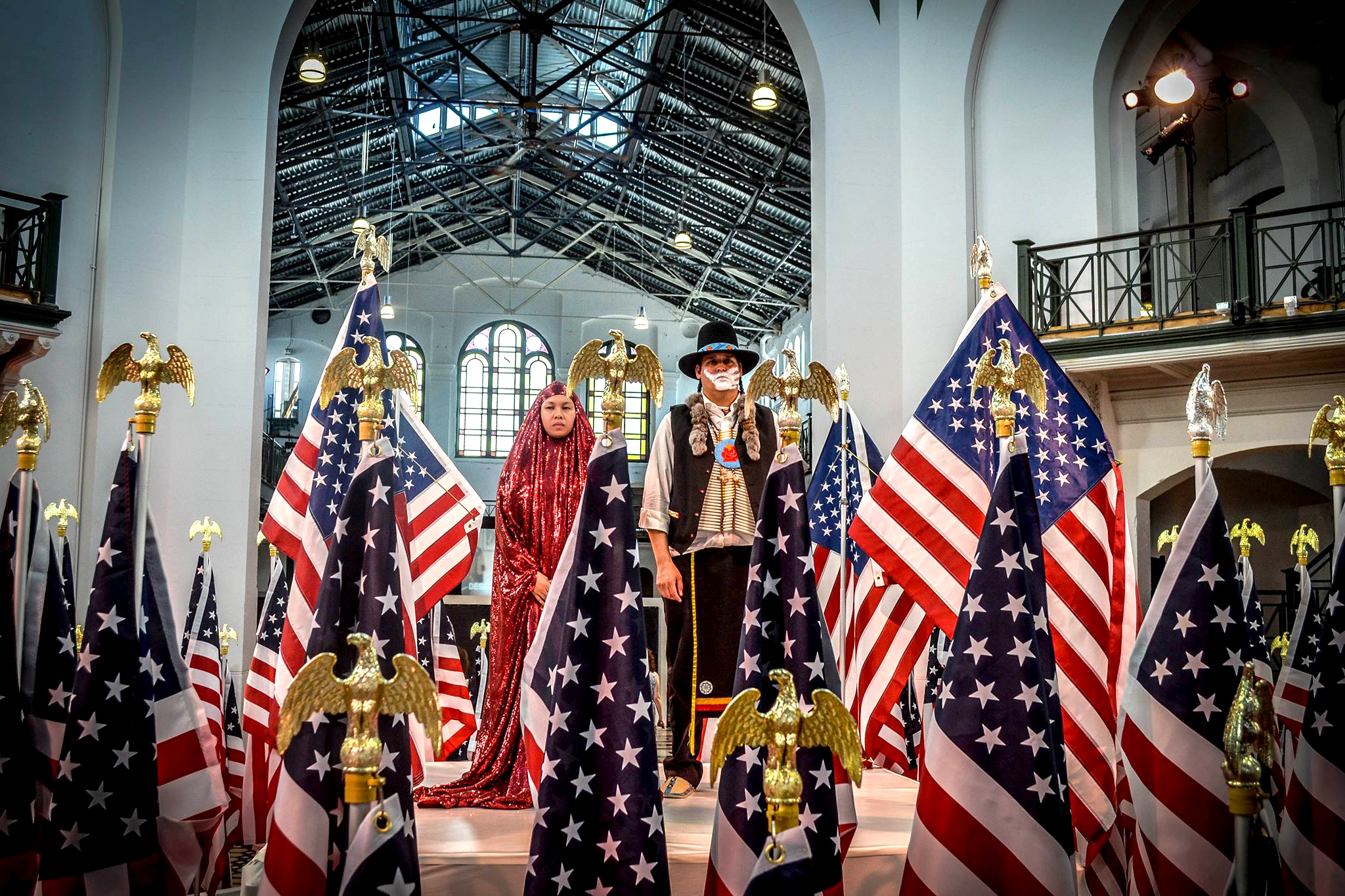
Solidarity, The Red Chador (performance still)
May 28, 2016, Smithsonian Arts & Industries Building, Washington DC, USA -
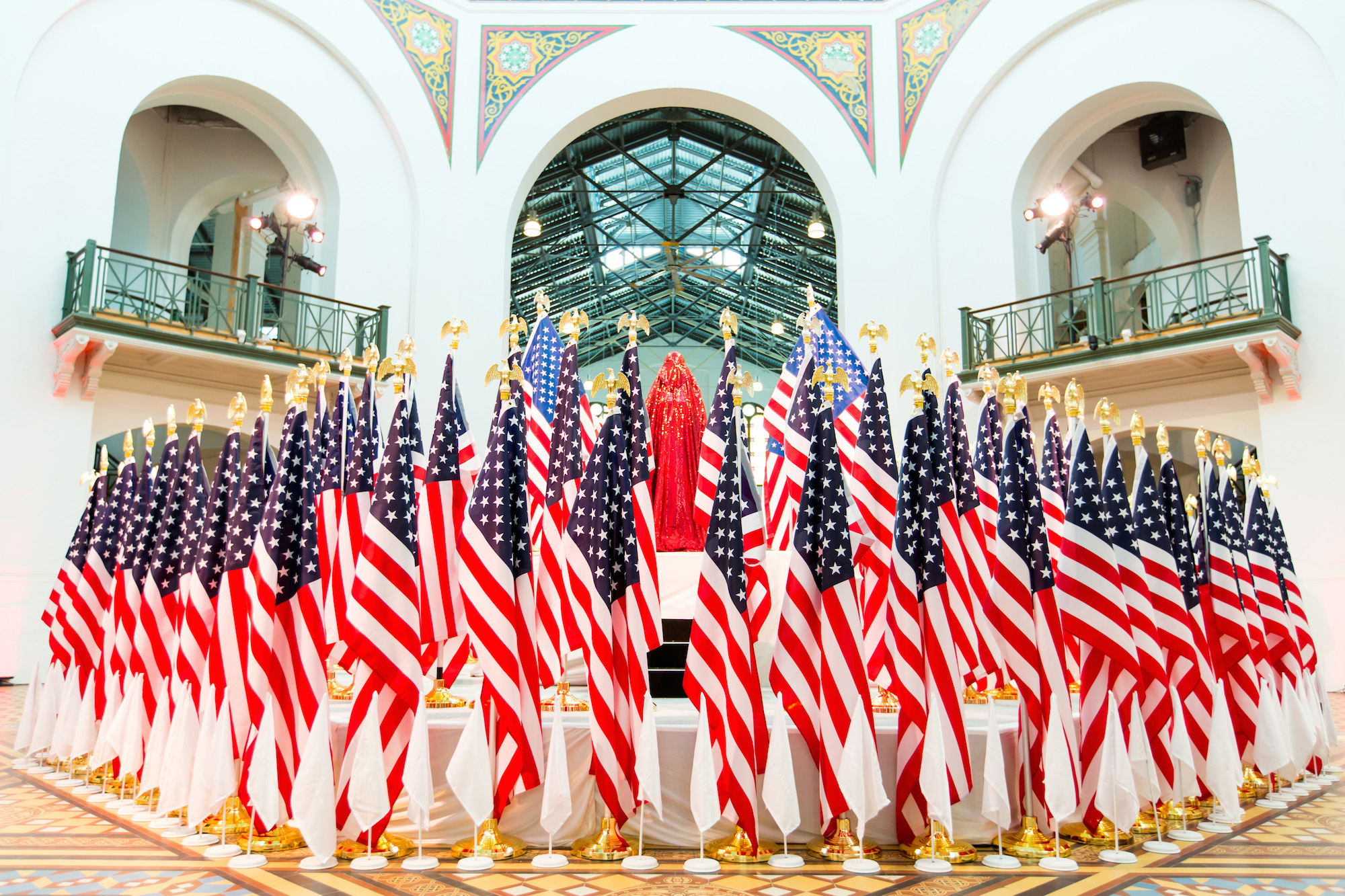
The Red Chador: Threshold (performance/installation still)
May 28, 2016, Smithsonian Arts & Industries Building, Washington DC, USA -
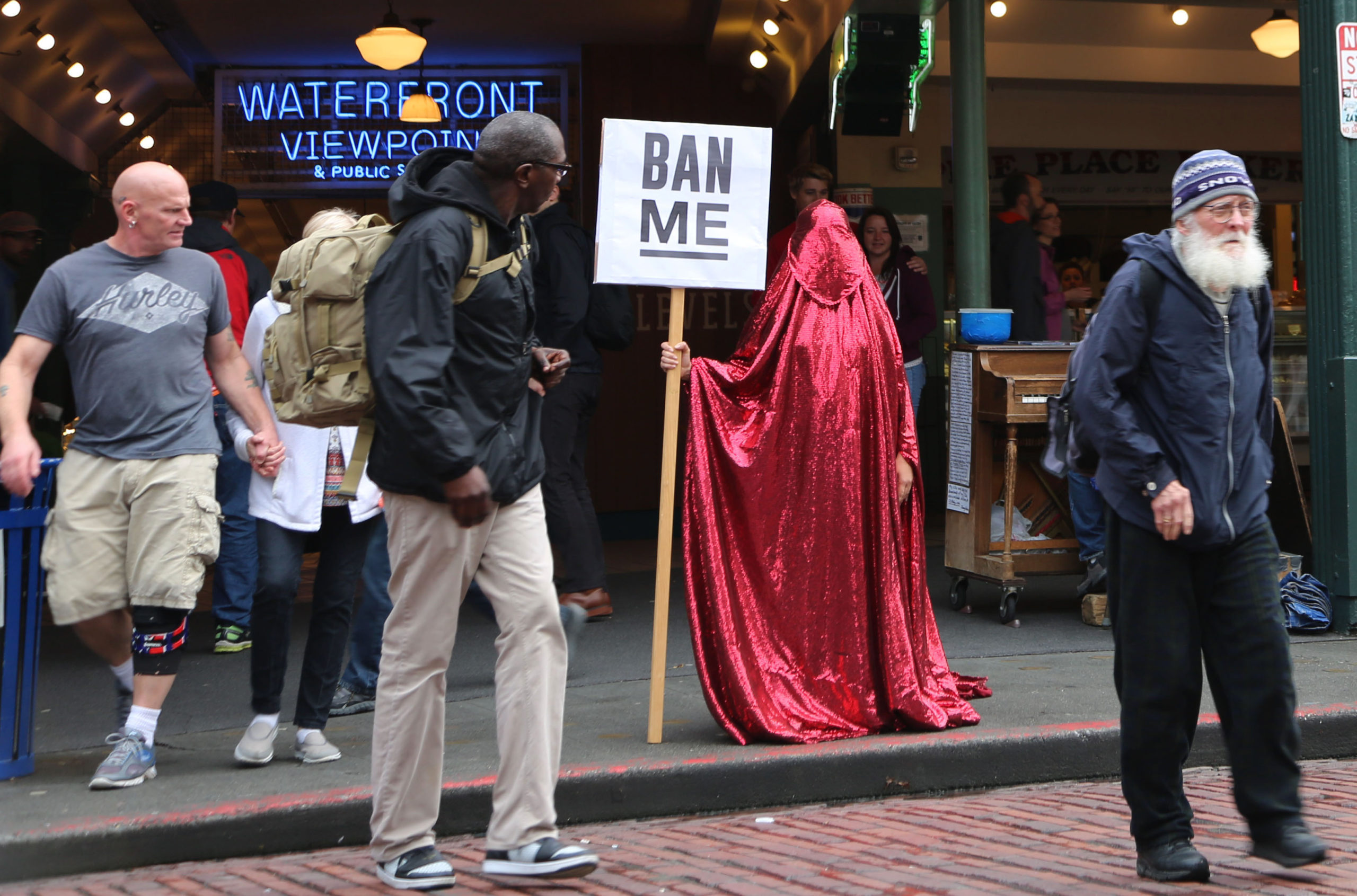
The Red Chador: The Day After (performance still)
November 9, 2016, Seattle, USA -
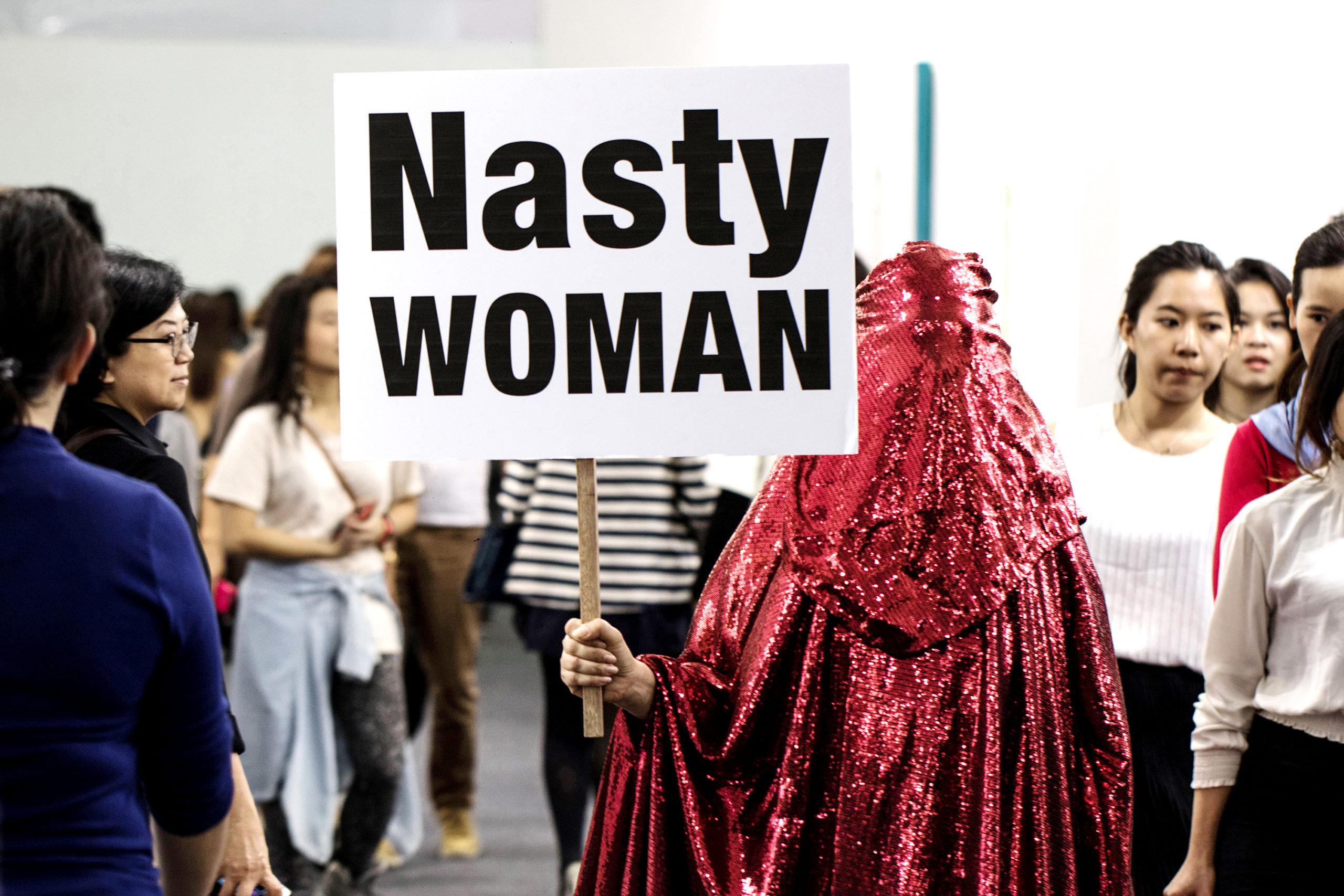
Nasty Woman, The Red Chador: Ban Me! (performance still)
March 20-25, 2017, Art Central Fair Grounds, Hong Kong -
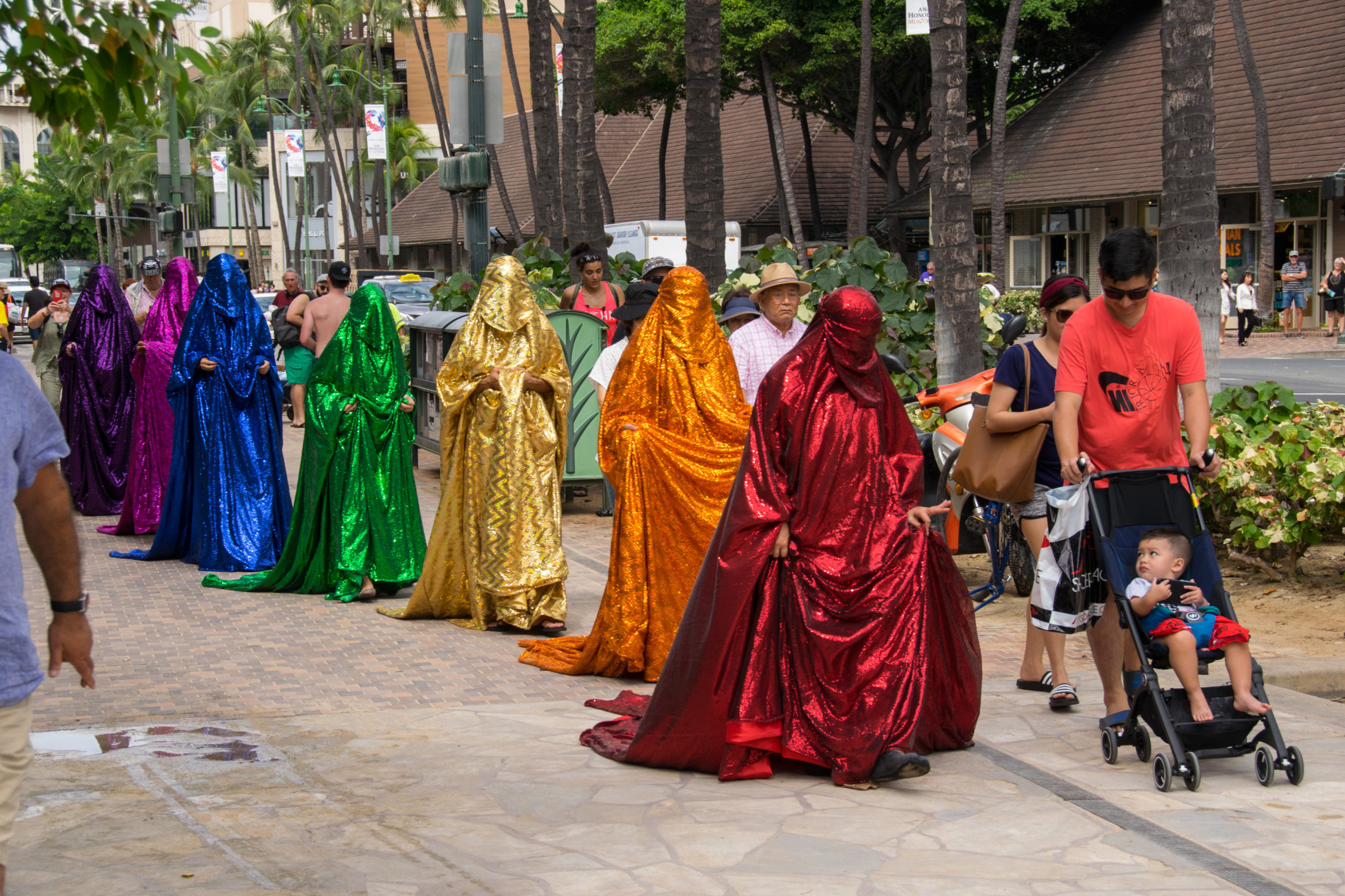
The Stroll, The Red Chador: Genesis I (performance still)
November 15, 2019, Waikiki Beach, Hawaii, USA -
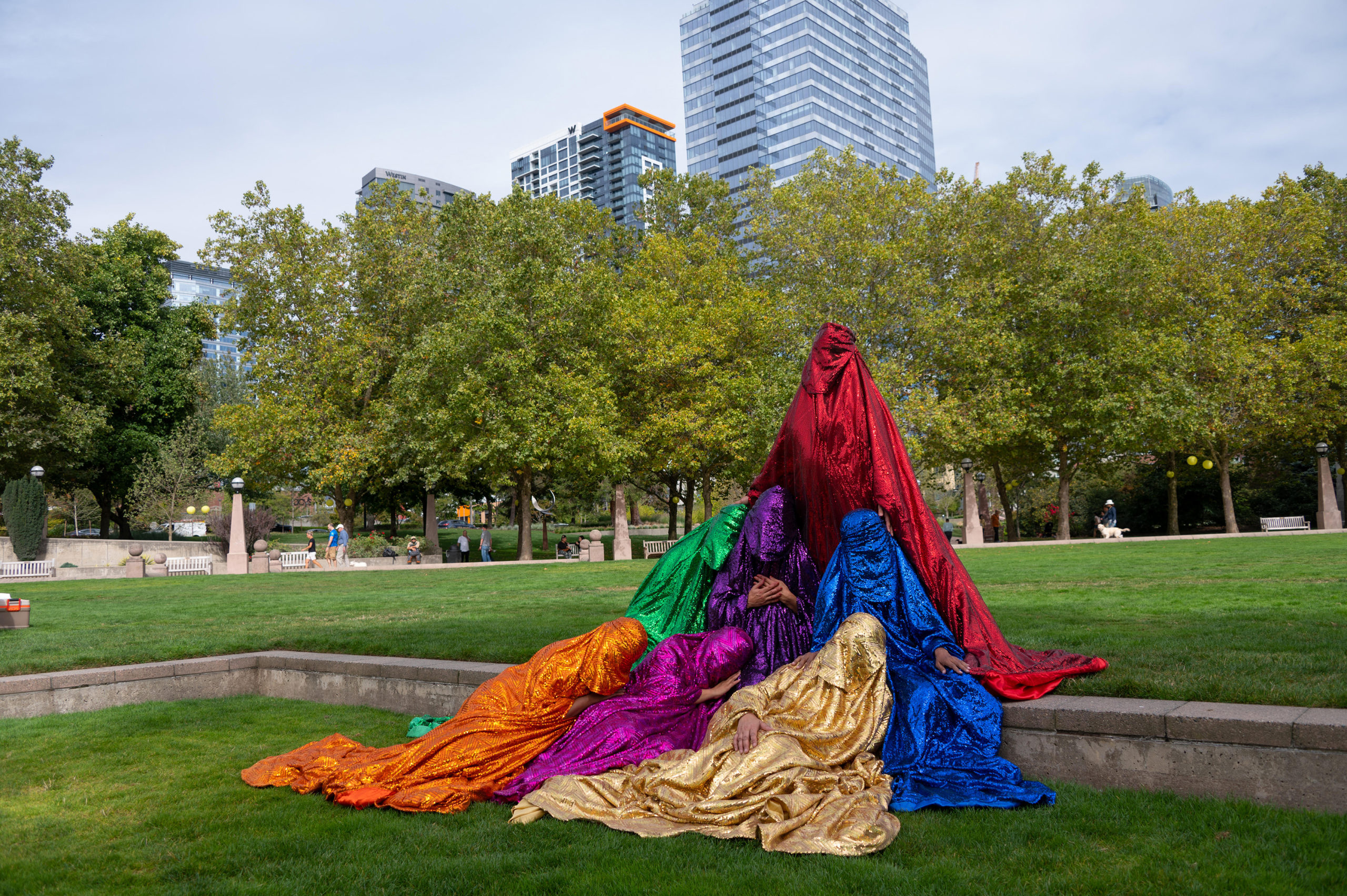
My Chadoras (9/11), The Red Chador: Genesis I (performance still)
September 11, 2021, Bellevue, USA -
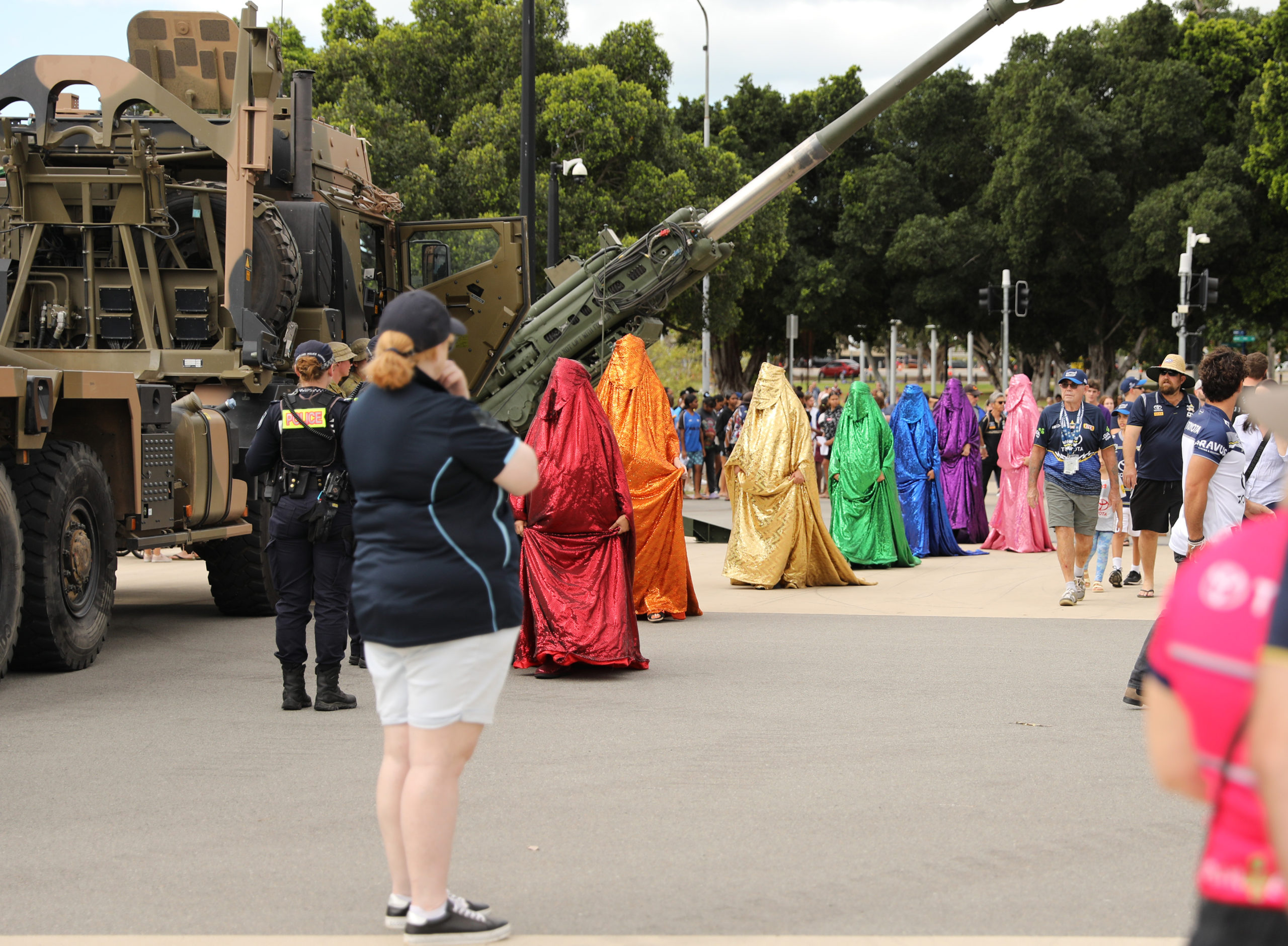
Stadium Walk, The Red Chador: Stranded (performance still)
August 5, 2023, Townsville/Gurambilbarra, Australia
-

Installation view from “Anida Yoeu Ali: Hybrid Skin, Mythical Presence” at Seattle Asian Art Museum, Seattle, USA, Jan 18 – July 7, 2024
-
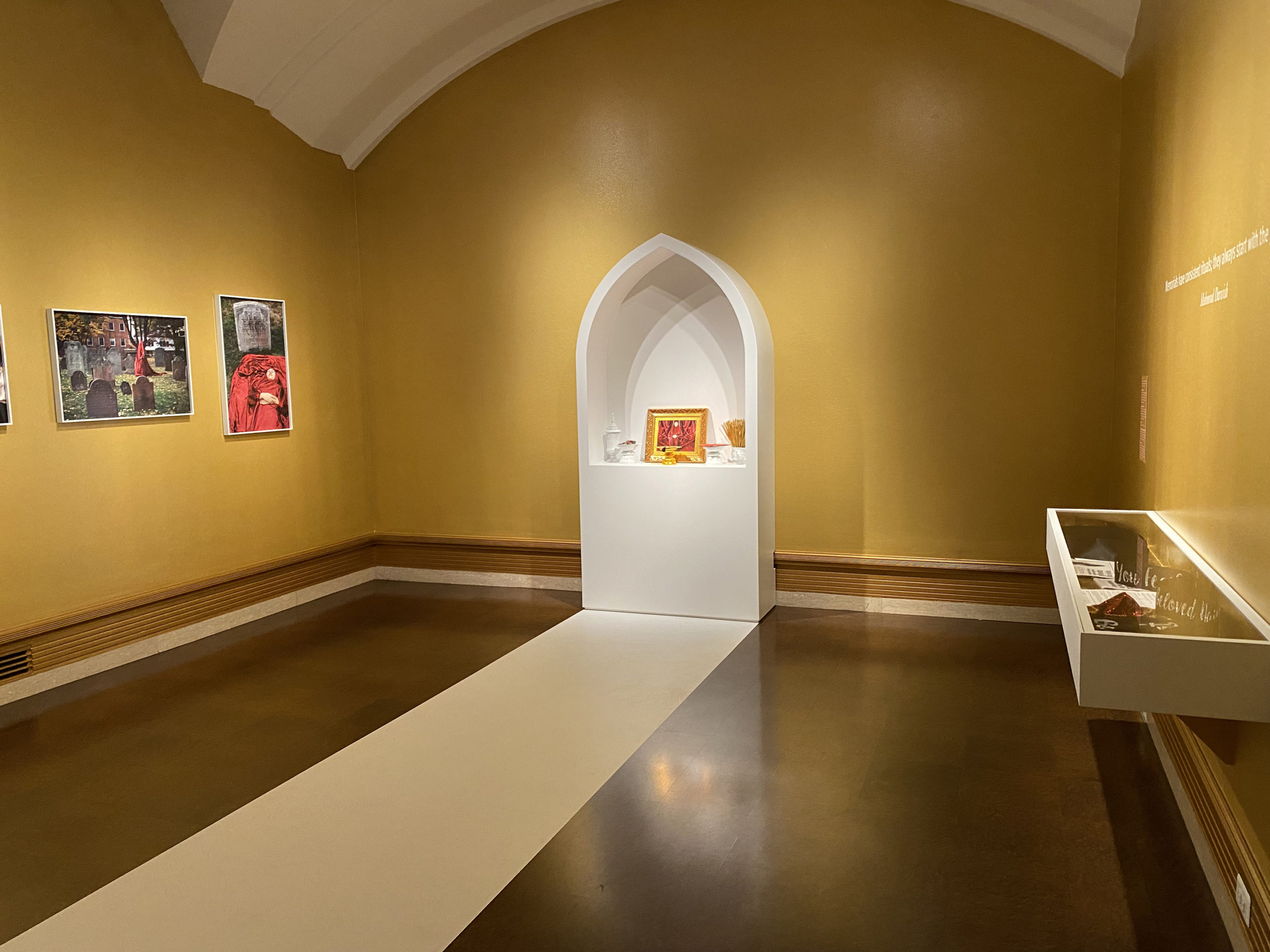
Installation view from “Anida Yoeu Ali: Hybrid Skin, Mythical Presence” at Seattle Asian Art Museum, Seattle, USA, Jan 18 – July 7, 2024
-
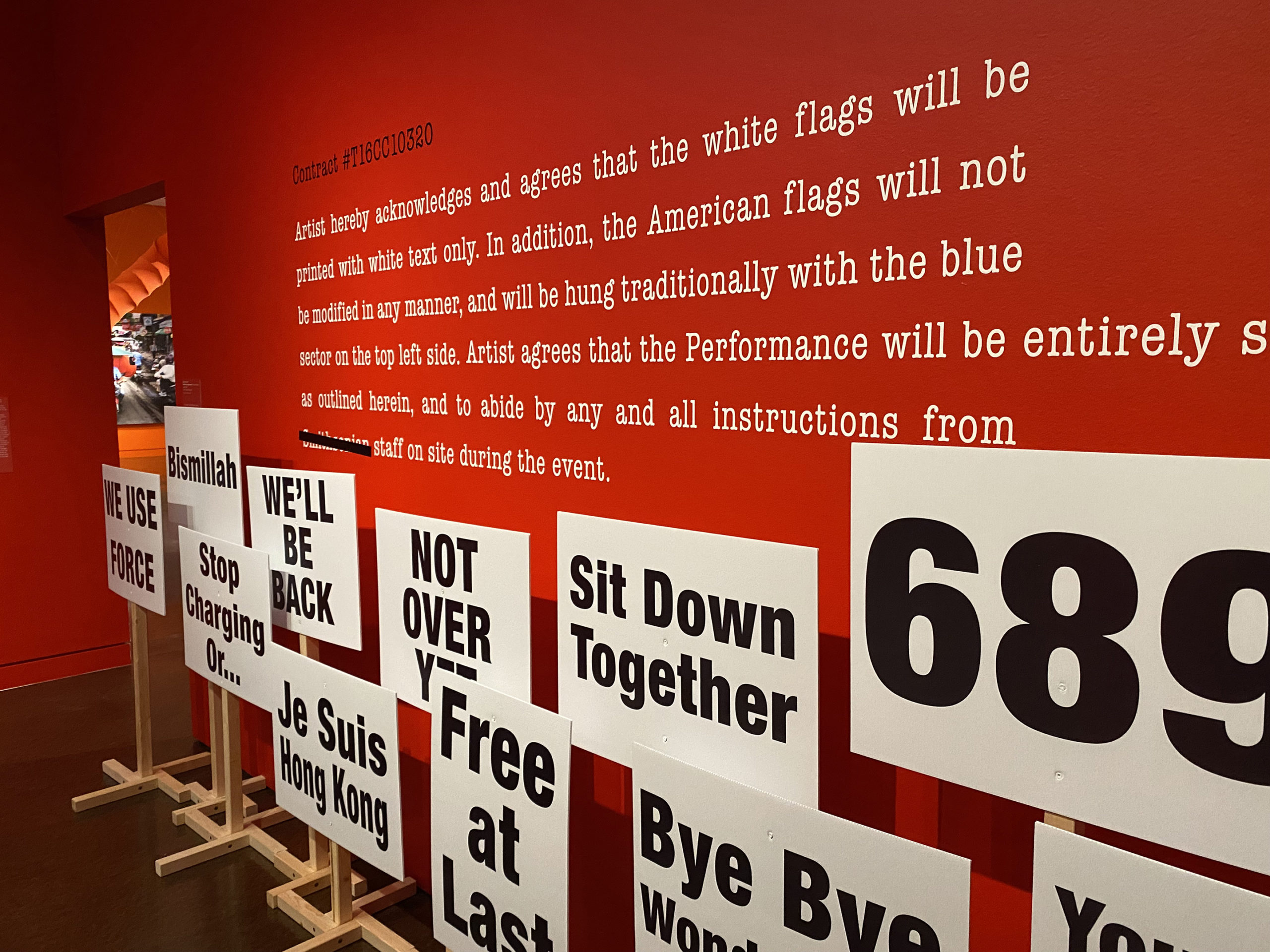
Installation view from “Anida Yoeu Ali: Hybrid Skin, Mythical Presence” at Seattle Asian Art Museum, Seattle, USA, Jan 18 – July 7, 2024
-

Installation view from “The Red Chador: Genesis I” at Western Gallery, Bellingham, USA, Oct 7 – Nov 21, 2021
-
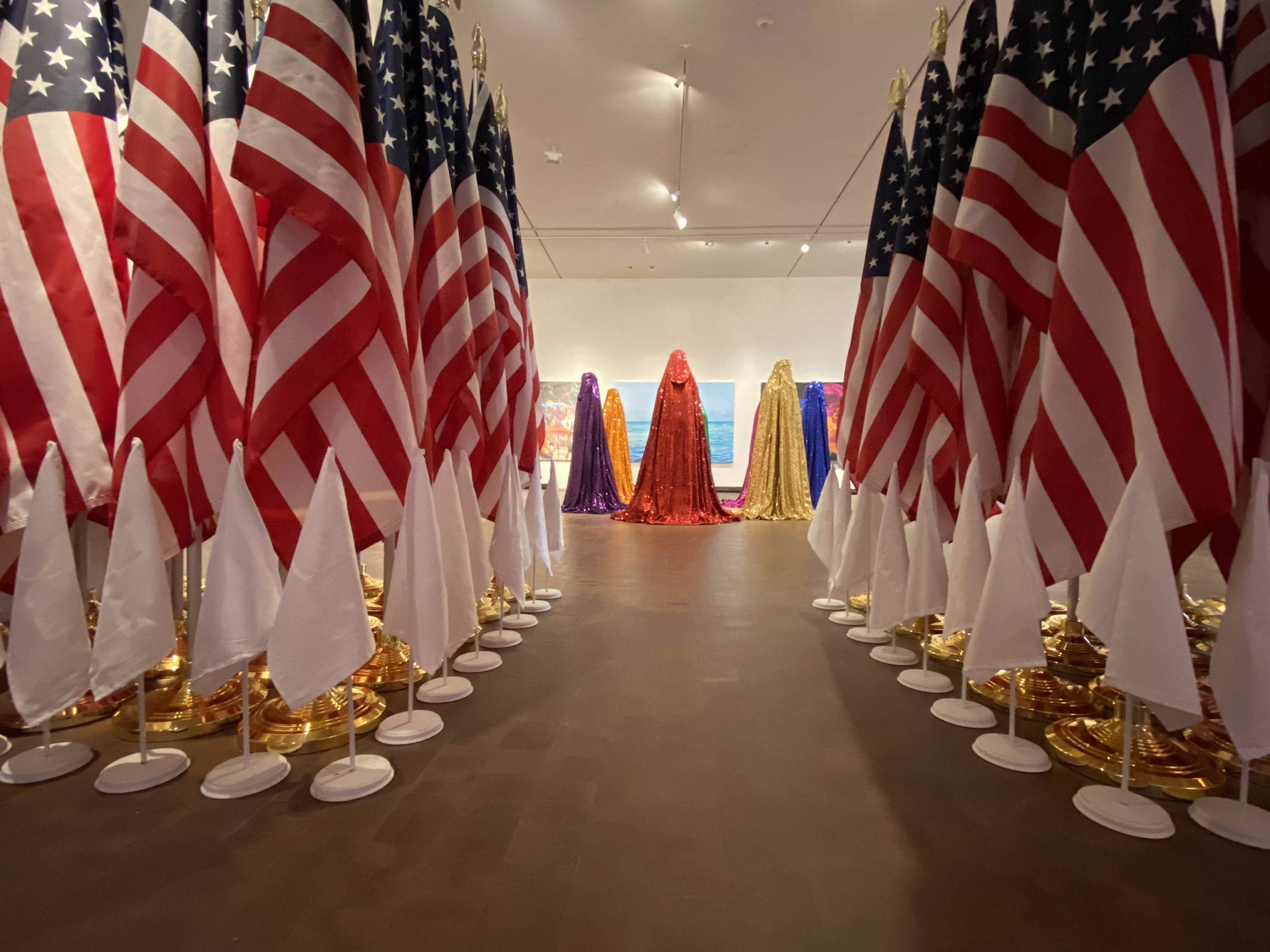
Installation view from “The Red Chador: Genesis I” at Western Gallery, Bellingham, USA, Oct 7 – Nov 21, 2021
-
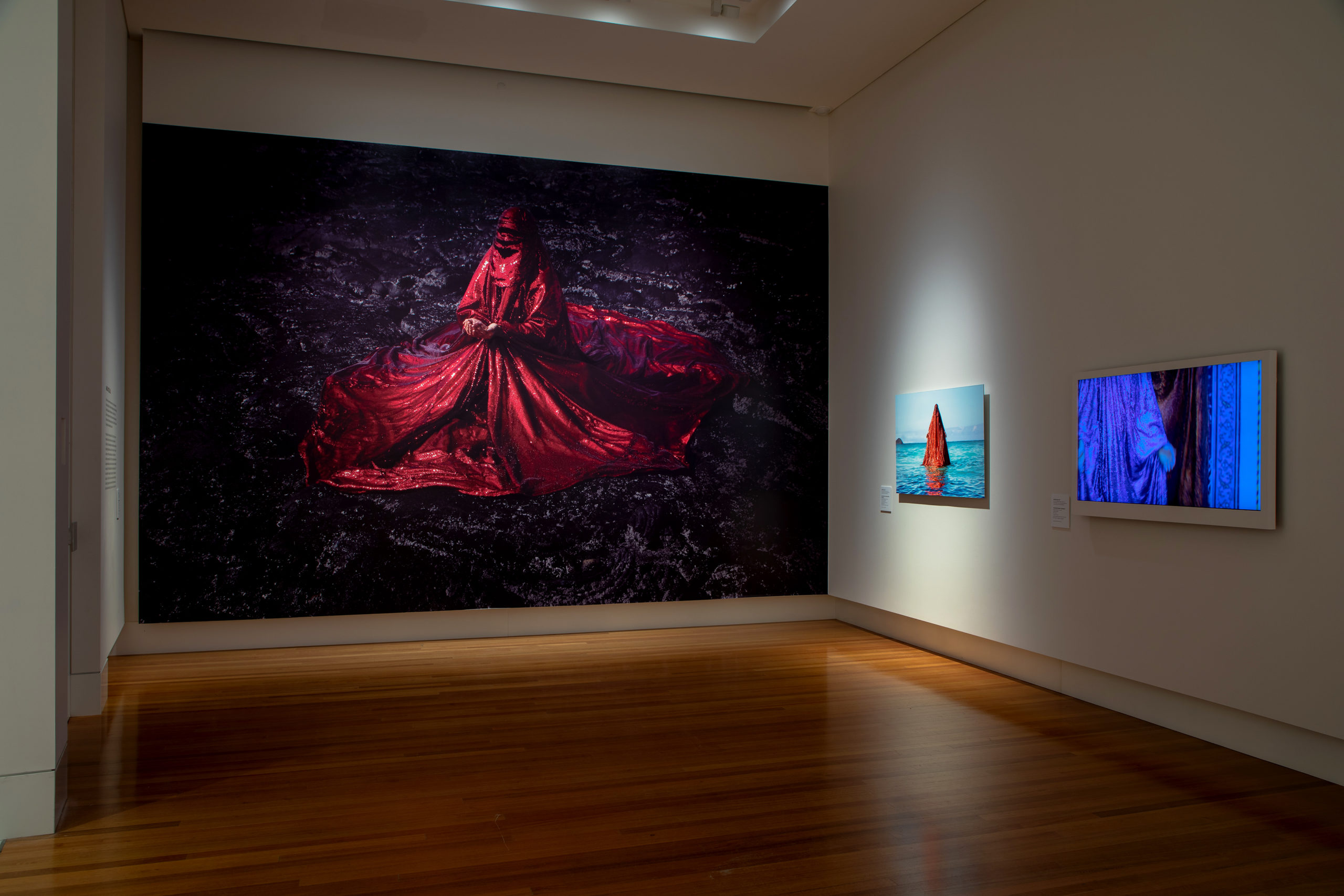
06- Installation view from “SOULFury” at Bendigo Art Gallery, Bendigo, Australia, Aug 7, 2021 – Jan 30, 2022
-
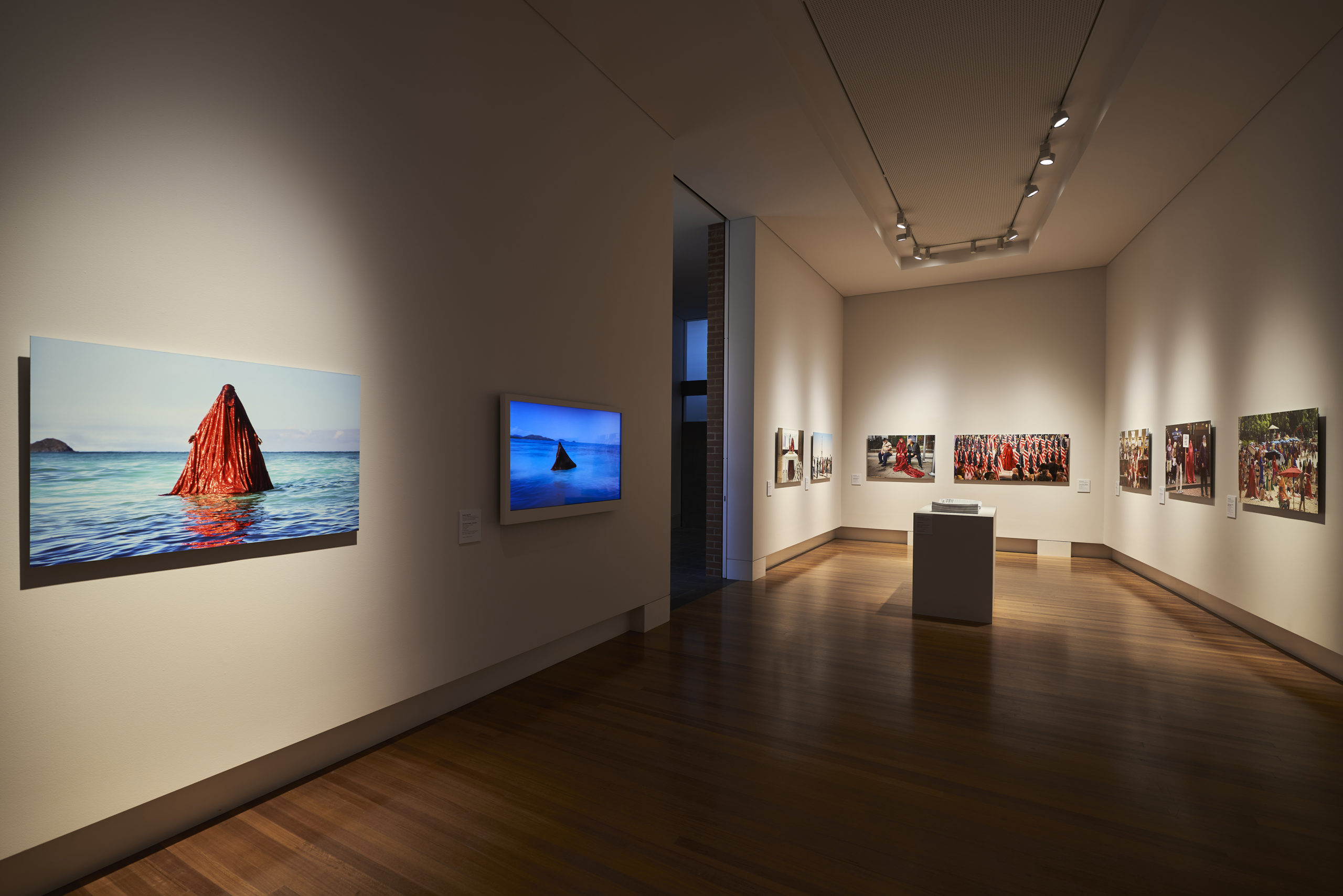
Installation view from “SOULFury” at Bendigo Art Gallery, Bendigo, Australia, Aug 7, 2021 – Jan 30, 2022
-
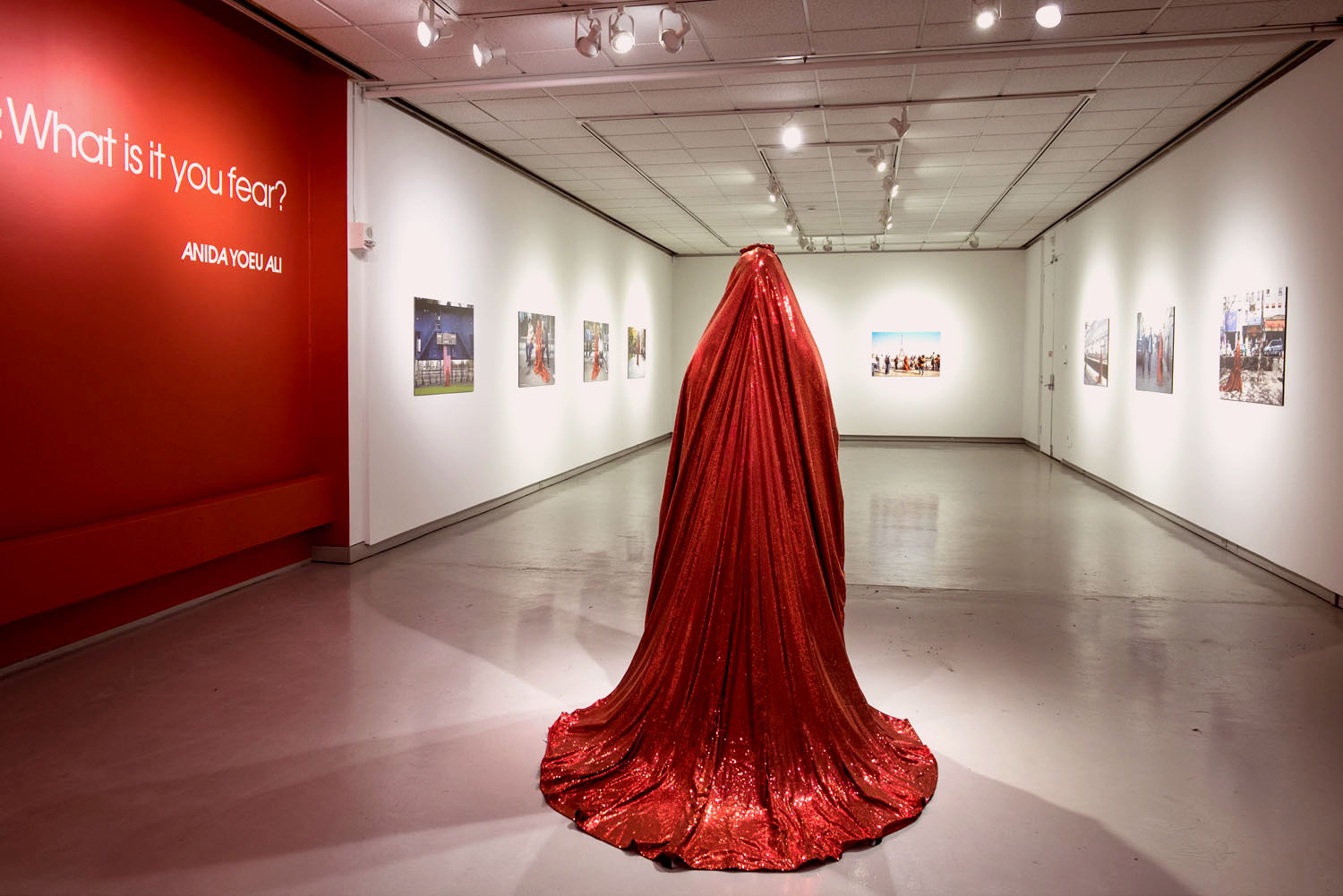
Installation view from “What is it You Fear?” at Widener Gallery, Hartford, USA, Nov 1, 2015 – Dec 14, 2015

